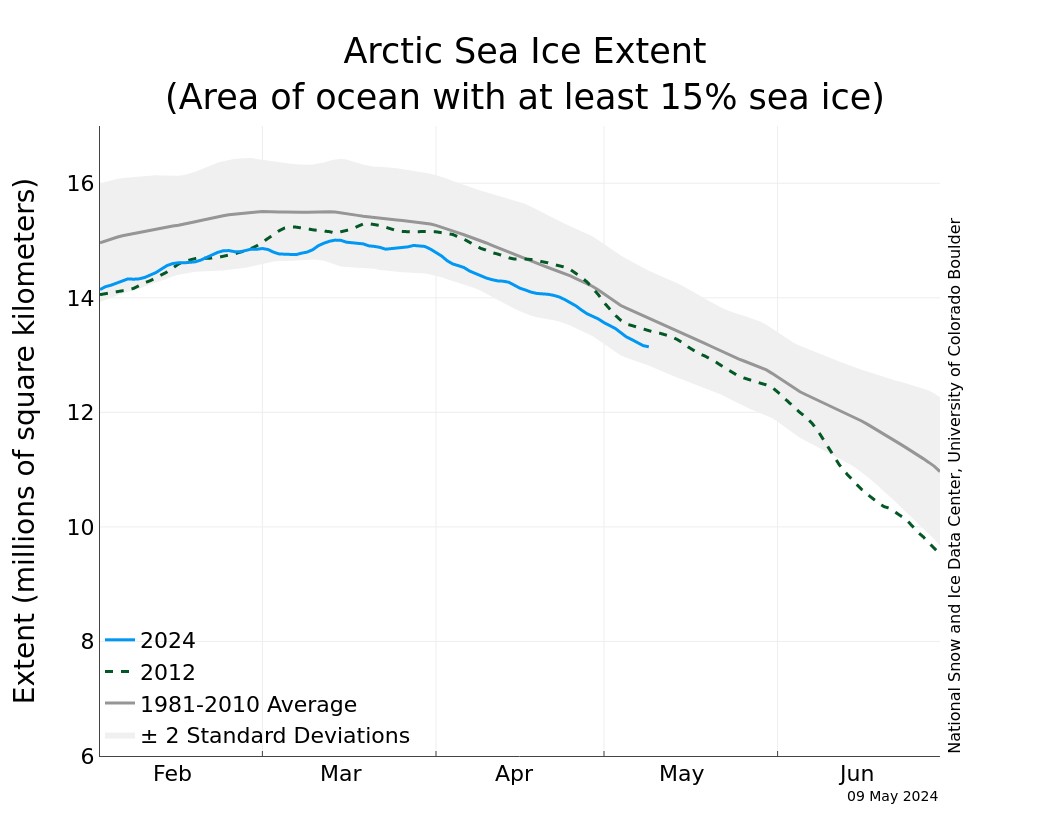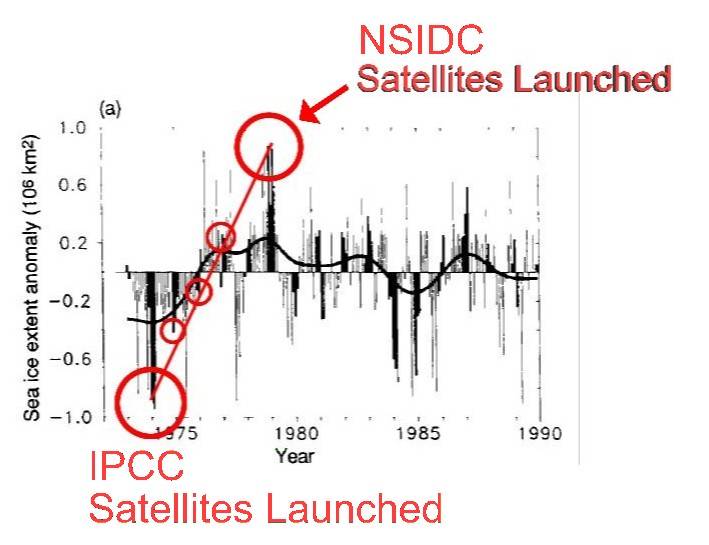- Banned
- #1,381
Yeah, you not wasting my money is an entitlement. LOL!
No. You thinking that you can live off of the work and responsibility and contributions of others is an entitlement.
If I believed that, I'd be a liberal like you.
At least that's what your cult instructs you to say.
My experience however is just the opposite. Without liberals we'd be going backwards. Liberals look forward to better, not backwards to safety. Conservatives avoid investing in the future and involvement with others towards common goals. All in all, a predominantly conservative world would be a pretty awful place. Probably Afghanistan is as close as we have here and now.





